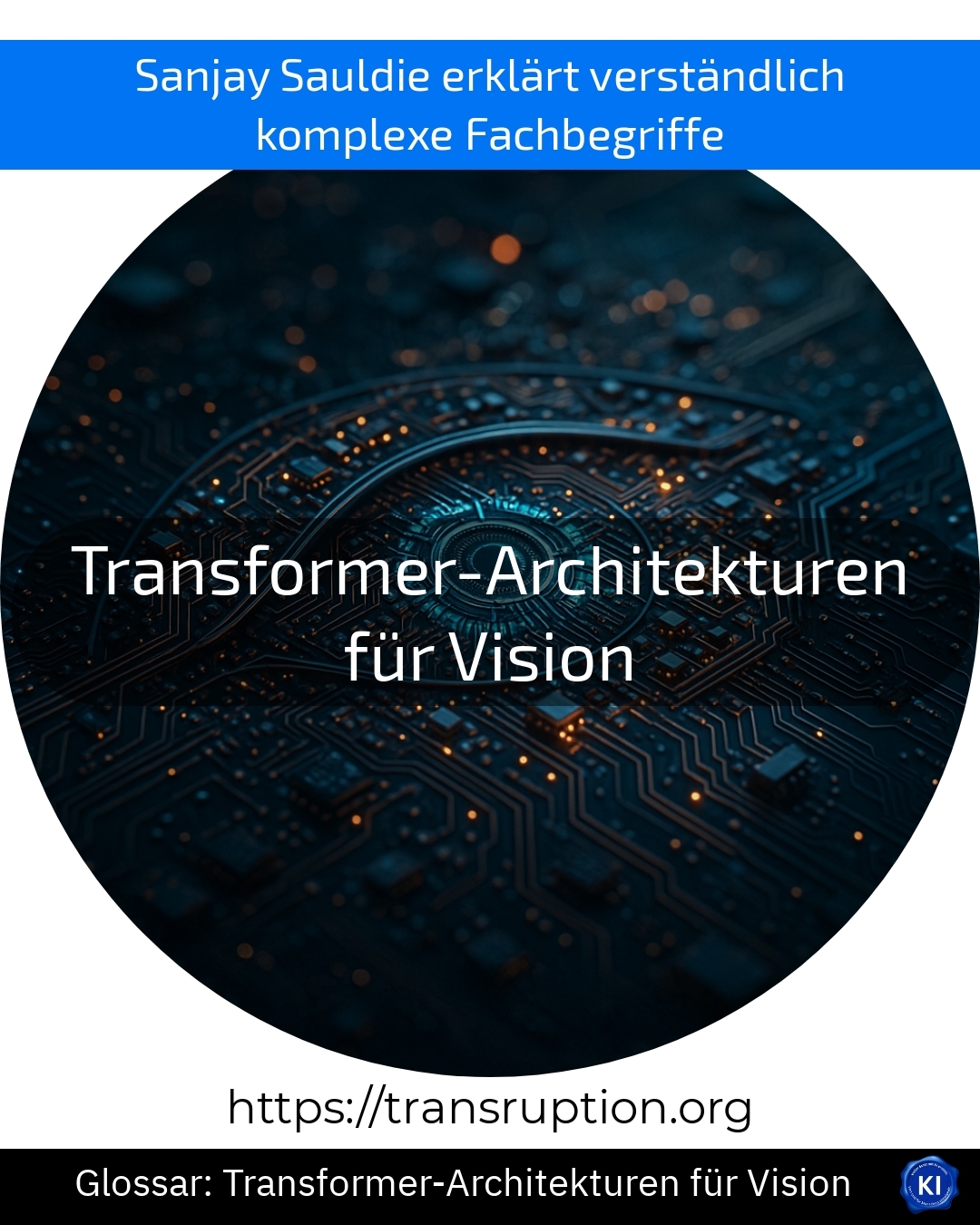The term "Transformer architectures for vision" is particularly at home in the categories of artificial intelligence, digital transformation and Industry and Factory 4.0. This is a special type of artificial intelligence that helps computers to "understand" images and videos amazingly well. Until now, such transformer architectures have mainly been used for language models. However, new developments are now also bringing this technology to image processing.
Imagine a company wants to automate its quality control. In the past, classic image recognition programs were used to compare shape and colour. With Transformer architectures for vision, the system independently learns what to look for - for example, whether a production piece has tiny defects. This technology analyses millions of details much faster and more accurately than conventional methods.
The advantage: Transformer architectures for vision can process large amounts of data and even disorganised information. They are able to recognise correlations that would be barely visible to humans and thus make processes more efficient. This is a huge step forward, especially in industry or in the development of smart camera applications.















